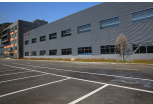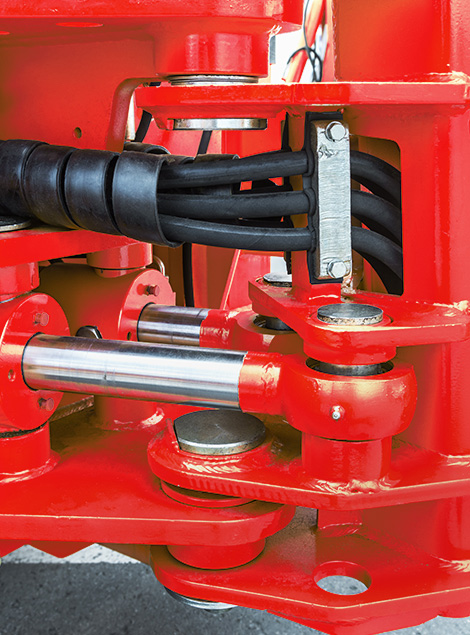What is a hydraulic cylinder?
What is a hydraulic cylinder?
Hydraulic cylinders are everywhere around us, and we see them so often in our daily lives that if we don't pay special attention, we may not even realize it: in excavators, trucks, forklifts, tractors, aerial work platforms, mining equipment...
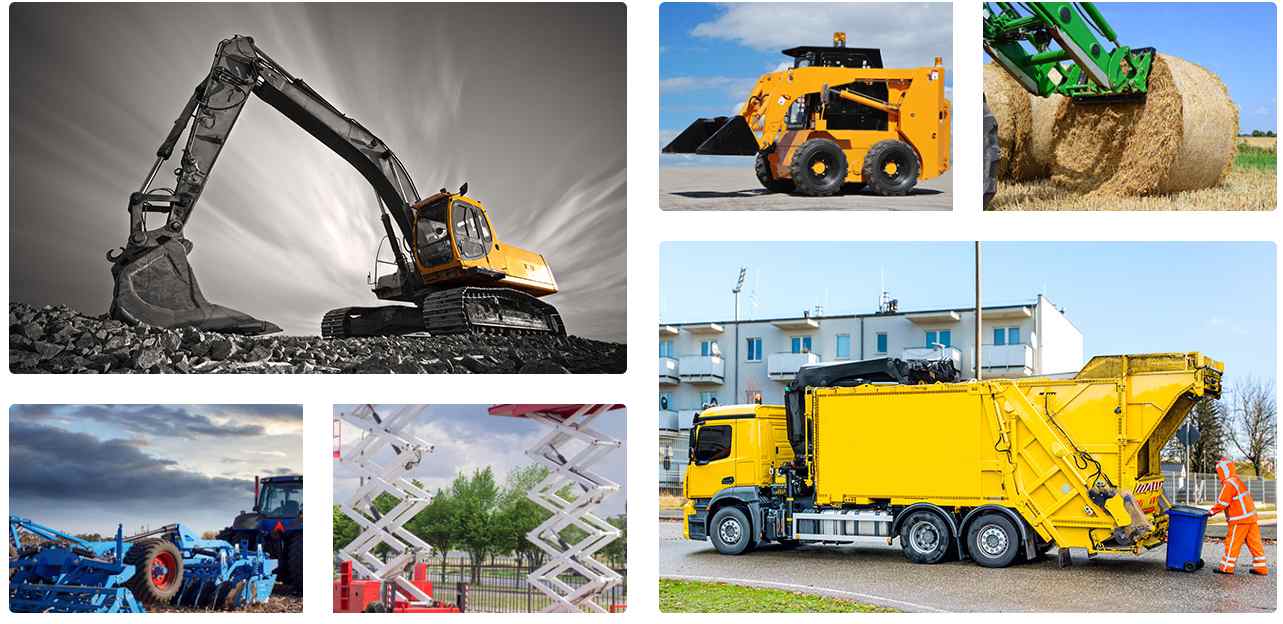
The hydraulic cylinder is one of the four main components of a hydraulic system, which is a technology in which fluid (most commonly hydraulic oil) is used to move energy from the motor to the actuator: the most common is the hydraulic cylinder.
The hydraulic cylinder is a part of the hydraulic system of the machine.Simply put, a hydraulic cylinder is a hydraulic actuator that produces linear motion through the future.
Single Acting Hydraulic Cylinder or Double Acting Hydraulic Cylinder?
There are single acting and double acting hydraulic cylinders.As the name implies, the single-acting cylinder can only work in one direction;Hydraulic pressure moves the rod in one direction and the reverse movement occurs either by itself or by a mechanical structure or by an external load.In a single-acting cylinder, there may be no pistons at all, only the piston rod and oil pressure acting on the cross section of the piston rod, causing it to move outward.Forklift trucks are an example of single-acting hydraulic cylinders.
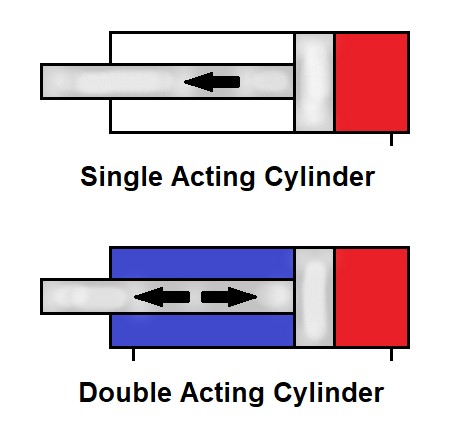
The double-acting hydraulic cylinder operates in two directions;The hydraulic cylinder moves in two directions through the hydraulic system, such as front and back or in and out.The piston separates the chambers, and when oil pressure is applied to the piston, the piston moving rod -- the oil is applied to the front or back of the piston (example figure) 2 -- moves the cylinder rod in both directions.The double-acting cylinder is used for the arm of an excavator.The excavator's chicken coop needs to move back and forth, both of which require a lot of force.
Single Rod Cylinder or Double Rod Cylinder?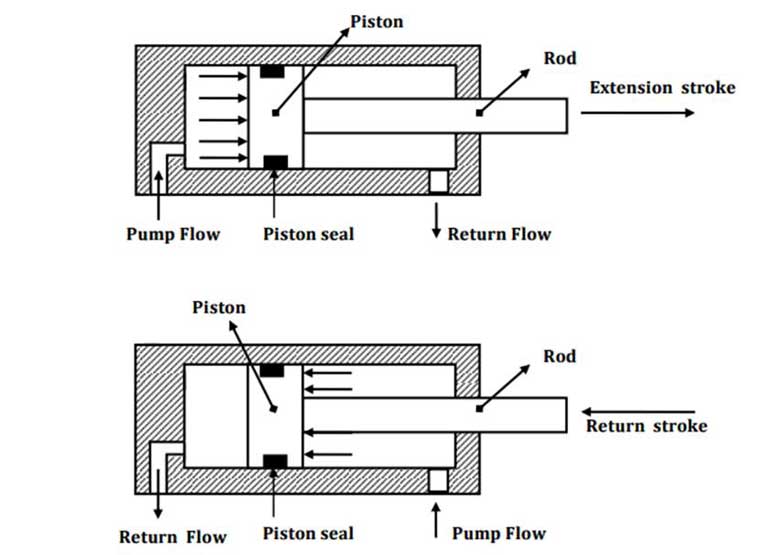
Single rod cylinder

double rod cylinder
The most commonly used cylinder type is the single rod cylinder. In this case, there is only one piston rod on the cylinder piston, which protrudes from the head end of the cylinder. The most important consideration for a single rod cylinder is that the force that the cylinder can exert varies depending on whether the cylinder is retracted or extended. The extension force is calculated by finding the area of the hole and multiplying it by the working pressure. The method of calculating the retraction force is to find the area of the hole, subtract the area of the rod, and then multiply it by the working pressure.
Another type of cylinder is a double rod cylinder. In this case, the piston rod is connected to both sides of the piston and extends out of the two heads of the cylinder. Some advantages of the double-rod cylinder are that it can do work on both sides of the cylinder, and under the same working pressure, the force of extension and retraction is equal. Some customers are even able to simplify their hydraulic circuit to use regeneration, because the fluid volume required for a full-stroke cylinder is the same on both sides of the piston.
Some of the disadvantages of double rod cylinders may increase costs due to the extra rod length, seals and glands, and the extra space required for the extra rods coming out of the cylinder. It should also be noted that some mounting parts are not suitable for double rod cylinders, such as clevis, pivot and rear flange mounting parts.
If you have any further questions about single and double acting cylinders, or would like us to help you make custom hydraulic cylinders, please contact email: alice@ai-soar.com.
|
AISOAR HYDRAULIC CYLINDERS |


 ES
ES RU
RU
